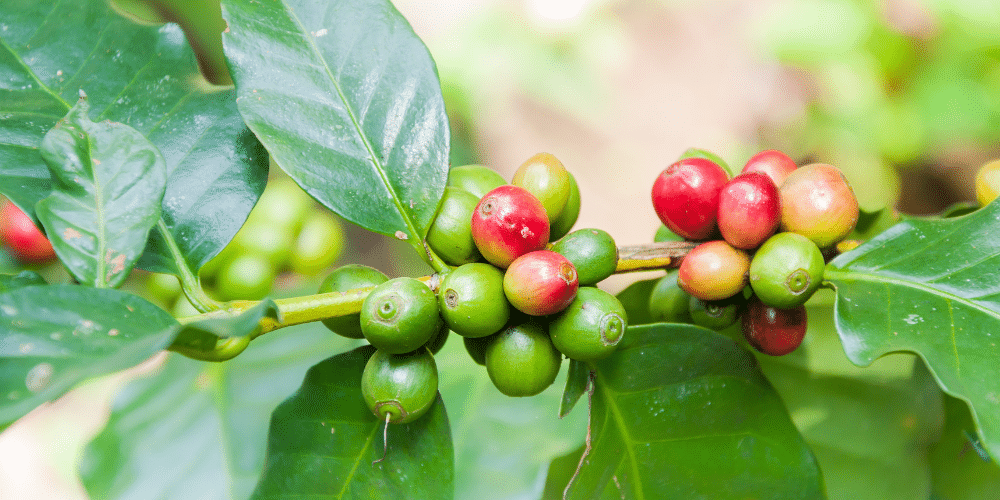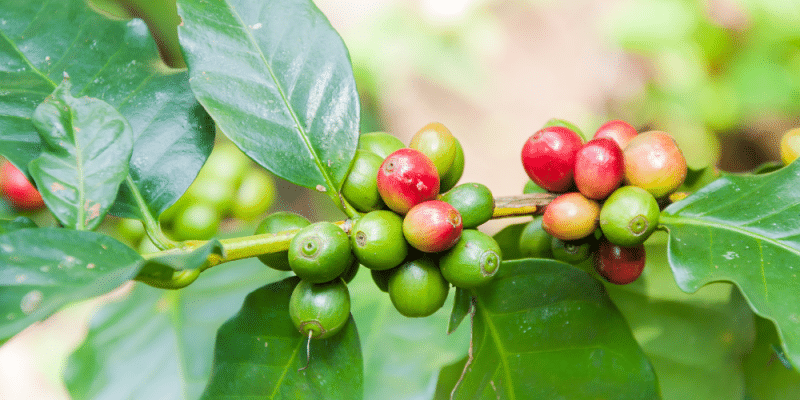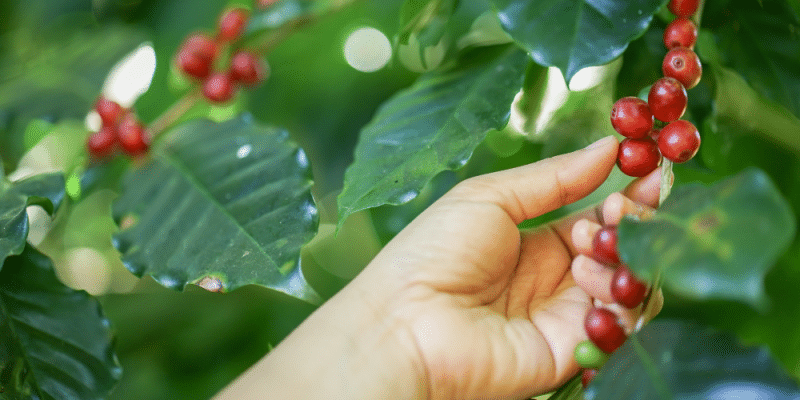-
×
 Green Mountain Coffee Roasters
Green Mountain Coffee Roasters
French Roast 24 K-Cups1 ×$18.99$13.99 -
×
 Green Mountain Coffee
Green Mountain Coffee
Lake & Lodge 24 K-Cups1 × $18.99 -
×
 Folgers Black Silk Coffee K-Cups, Dark Roast 100 K-Cups
2 × $57.99
Folgers Black Silk Coffee K-Cups, Dark Roast 100 K-Cups
2 × $57.99 -
×
 Ozarka 100% Natural Spring Water 48/8 oz btls Available only in Texas
1 × $24.99
Ozarka 100% Natural Spring Water 48/8 oz btls Available only in Texas
1 × $24.99 -
×
 Cafe Escapes
Cafe Escapes
Café Caramel K-Cups - 96 pack2 × $64.99 -
×
 Fritos The Original Corn Chip 50/1 oz bags
1 × $33.99
Fritos The Original Corn Chip 50/1 oz bags
1 × $33.99 -
×
 Green Mountain Coffee Roasters
Green Mountain Coffee Roasters
Nantucket Blend 24 K-Cup pods1 × $18.99 -
×
 Lay's Classic Potato Chips 50/1 oz bags
1 × $31.99
Lay's Classic Potato Chips 50/1 oz bags
1 × $31.99 -
×
 Dunkin Donuts
Dunkin Donuts
Original 22 K-Cups2 × $22.99 -
×
 Nabisco Sweet Treats Cookie Variety Pack - 60 pack
1 × $23.99
Nabisco Sweet Treats Cookie Variety Pack - 60 pack
1 × $23.99 -
×
 Member's Mark
Member's Mark
Decaffeinated Colombian Coffee 80 K-Cups1 × $41.99
Unveiling the Possibility of Sri Lanka’s Future Specialty Coffee Expansion
“Unveiling Sri Lanka’s Journey: From Coffee Glory to Specialty Coffee Potential”
Sri Lanka, previously known as Ceylon, stands as an island nation in South Asia, nestled off the southern tip of India. Casting our gaze back to the late 1800s, Sri Lanka was a prominent figure in the global coffee production scene, reigning as one of the world’s major coffee-growing nations during the 1860s.
Yet, a downturn in production became an unfortunate reality soon after, a result of multifaceted factors. Today, while Sri Lanka might not be a coffee heavyweight in the global arena, its unique tropical climate offers an ideal canvas for coffee cultivation. Additionally, the changing climate patterns have spurred the expansion of coffee growing in Sri Lanka.
In recent decades, there’s been a gradual uptick in coffee yields. Astonishingly, according to data from the Sri Lanka Export Development Board, coffee exports soared by a staggering 84% between 2017 and 2019.
Simultaneously, the caliber of Sri Lankan coffee is ascending. This improvement is predominantly credited to a stronger bond established between industry stakeholders and supply chain contributors with the farmers. This collaboration has facilitated the implementation of superior farming techniques and the creation of more structured training initiatives.
So, how can Sri Lanka unlock the latent potential of its coffee sector and nurture the growth of specialty coffee? To glean insights, I engaged with industry experts from the Market Development Facility along with three local coffee enterprises. Let’s delve into their perspectives.
“Rediscovering Sri Lanka’s Coffee Heritage: Tracing the Path to Specialty Coffee Excellence”
Exploring the Roots of Coffee in Sri Lanka
Sri Lanka’s tryst with coffee dates back to the early 16th century when the island was first introduced to the coffee plant. However, initially, only the leaves and flowers were utilized, primarily for culinary and ceremonial purposes. It wasn’t until the era of Dutch colonial rule (which persisted until 1796) that coffee was cultivated for consumption, though initial endeavors were somewhat lackluster.
The British colonial regime, however, saw the coffee sector in Sri Lanka flourish. Around 1864, coffee production reached its zenith, with over 111,289 hectares dedicated to coffee cultivation. Regrettably, this prosperity proved ephemeral. In 1868, a catastrophic outbreak of coffee leaf rust decimated coffee production, pushing many farmers to switch to cultivating tea. By the 1890s, the area used for coffee had plummeted to a mere 4,609 hectares.
While the subsequent century witnessed a gradual resurgence in Sri Lanka’s coffee sector, the real strides were made in the 1980s when coffee covered around 12,140 hectares, leading to record-breaking exports of 3.3 million kg.
In the past decade, substantial investments have breathed new life into Sri Lanka’s coffee industry, fostering steady improvements in both quantity and quality.
“Sri Lanka’s Coffee Landscape: Where Diversity Thrives”
In the present day, Sri Lanka nurtures both robusta and arabica coffee varieties. Notably, arabica production has witnessed an upward trajectory in recent times, largely due to the Department of Export Agriculture’s efforts to promote arabica cultivation in the central highlands. Regions like Nuwara Eliya, Badulla, Kandy, and Matale constitute the primary arabica-growing zones.
The founder and CEO of Soul Coffee Company, Rinosh Nasar, who exclusively deals in Sri Lankan coffee, notes that while robusta still dominates the local coffee landscape, arabica planting has significantly surged. He anticipates that arabica production will soon surpass that of robusta, an accomplishment attributed to intensive development and investment in arabica varieties.
The San Ramon variety gained traction in the 1980s, followed by Catimor in the 1990s and Lakparakum in the 2000s. The latter, in particular, is favored for its high yields, uniform ripening patterns, resistance to coffee leaf rust, and potential for exceptional cup quality.
Other notable arabica cultivars include S9 and HDT, each contributing to Sri Lanka’s diverse coffee tapestry.
“Crafting Quality: The Journey from Harvest to Cup”
Post-harvest activities, particularly processing techniques, wield a significant impact on final cup quality, accounting for up to 60% of the result. This underscores their pivotal role in the process.
Kushan Samararatne, the general manager at Colombo Coffee Company, a comprehensive coffee solutions provider in Sri Lanka, highlights the prevalence of washed and natural processing methods. However, in the early 2010s, processing facilities and roasting companies were scarce, prompting most farmers to process coffee on their own farms.
Subraja Subramaniam, part of the Research, Impact, Measurement, and Inclusion (RIMI) team at the Market Development Facility, elaborates that a majority of exported coffee undergoes natural sun-drying processing techniques, while centralized processing employs washed methods, yielding higher cup scores and superior quality.
“Nurturing Growth: Opportunities and Challenges in Sri Lanka’s Coffee Journey”
As with other coffee-producing nations, Sri Lanka confronts challenges in scaling yields and enhancing quality. The Market Development Facility (MDF) identifies four key avenues for investment in Sri Lanka’s coffee domain:
Expanding coffee-growing regions
Strengthening smallholder groups and enhancing farm quality
Developing processing facilities
Bolstering industry coordination and promotion
Approximately 80% of the nation’s coffee production springs from smallholder farmers, necessitating greater support and access to financial resources. With women constituting 60% of the workforce, gender equity initiatives are vital, as bridging the gender gap could amplify global coffee output by 4%, equivalent to an extra 30 billion cups annually.
Deshan Wickremasinghe, Business Advisor for the Coffee Unit at MDF, notes that despite the presence of 23 regional plantation companies largely focused on tea and rubber, diversification into coffee cultivation is underway. Utilizing abandoned marginal land from the extensive tea cultivation areas could significantly boost coffee production.
“Pursuing Excellence: Fostering Knowledge and Sustainability”
Vishan Rajakaruna, Business Advisor for the Coffee Unit at MDF, emphasizes the integral role of farming best practices in achieving higher-quality coffee. Educating farmers about plant maintenance, selective picking, and the dynamics of the specialty coffee market is imperative.
Kushan reinforces this multi-faceted approach, underlining the need for robust infrastructure, knowledge sharing, and adherence to best practices to elevate overall coffee quality.
“Beyond the Bean: Elevating Sri Lanka’s Coffee Culture”
Supporting Sri Lanka’s coffee industry extends beyond production to nurturing domestic consumption. Empowering local roasters, coffee shop proprietors, and baristas with knowledge, training, and access to high-quality resources could propel Sri Lanka onto the global stage of specialty coffee.
“A Glimpse into the Future: Sri Lanka’s Path to Coffee Excellence”
The potential for Sri Lanka to become a renowned specialty coffee origin is tangible, given its history and recent investments in farmer training. Tharanga Muramudali, founder and Chairman of Helanta Coffee, underscores the need for increased harvest volumes and enhanced knowledge about harvesting and processing techniques. Notably, the Australian Department of Foreign Affairs and Trade-backed Market Development Facility has played a pivotal role in supporting Sri Lanka’s coffee sector growth, through initiatives like publishing valuable reports and champion




